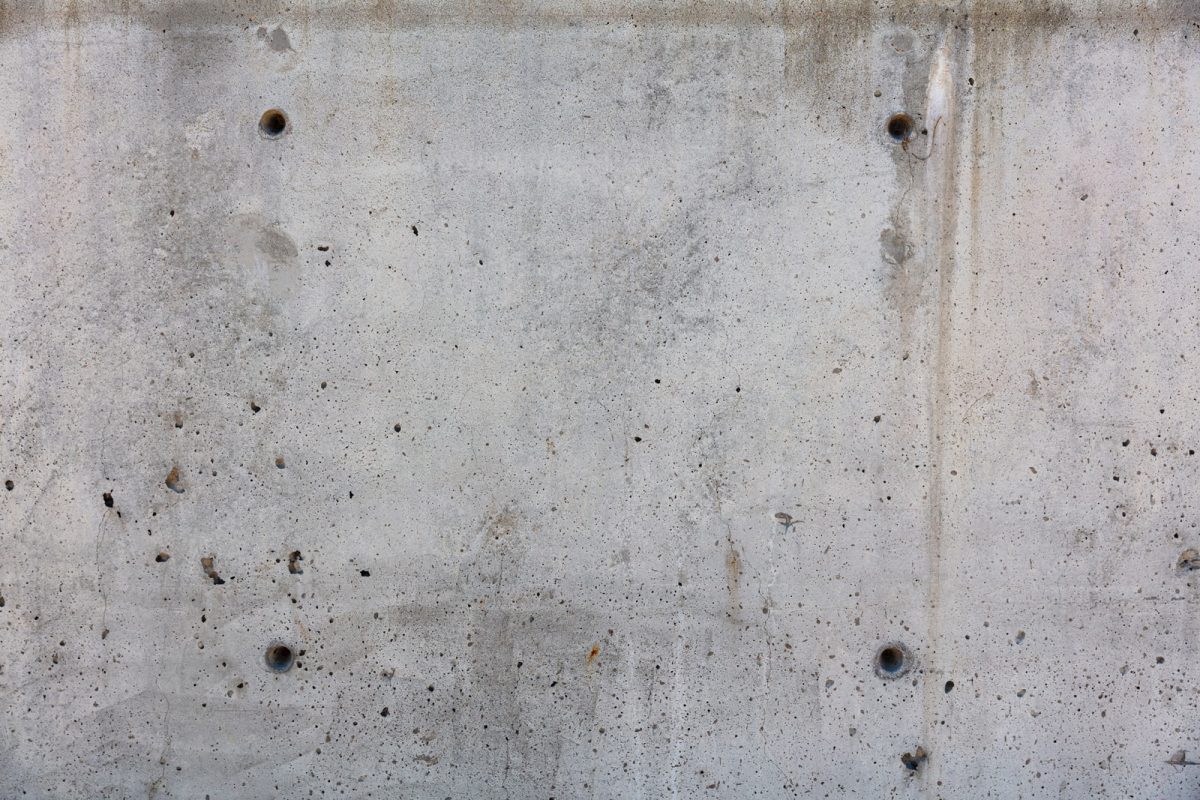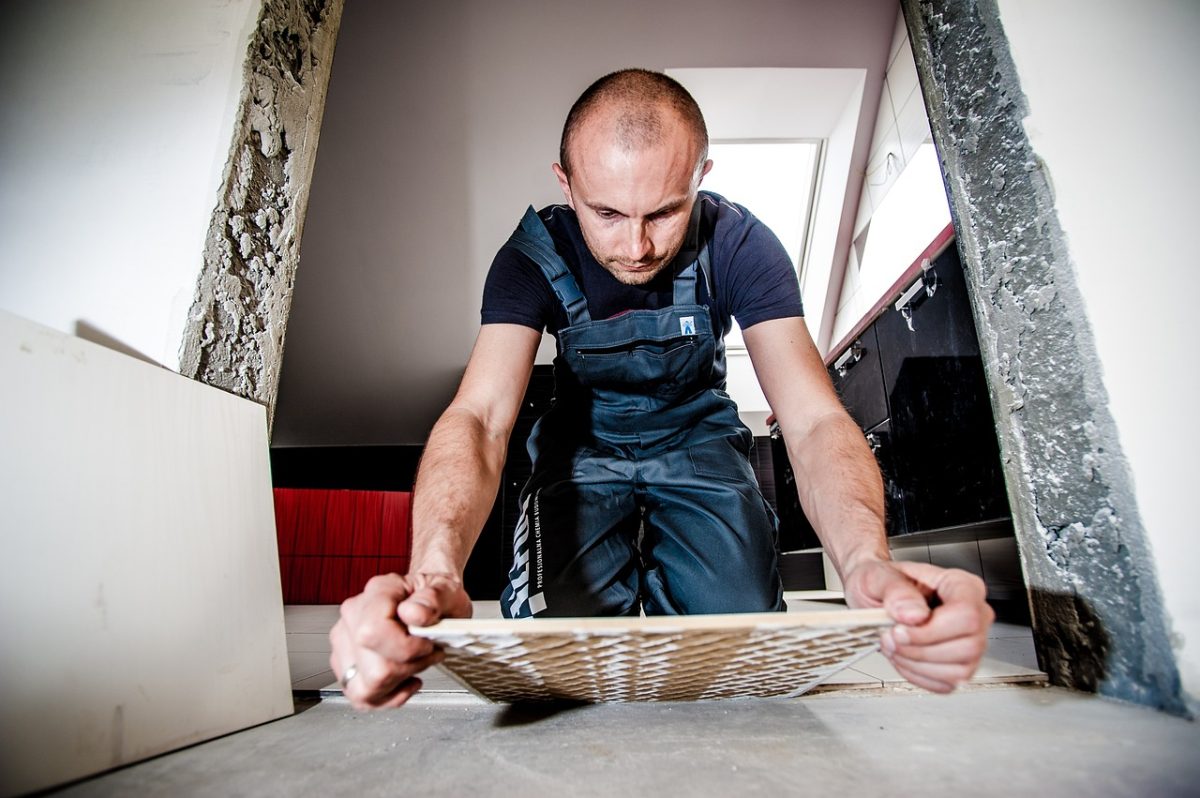Preparing the supports is important when building a house. The concrete slab is often used as a base for walls and floors. It is important to follow the instructions and properly prepare the surface before starting construction.
The concrete slab: the different types of slabs
Concrete slabs are a type of flooring commonly used in commercial and industrial buildings. They are strong, durable and easy to maintain, making them a popular choice for property owners and managers. There are several types of concrete slabs, each with their own advantages and disadvantages. Concrete is a material composed of cement, sand, gravel and water.
It is often reinforced with metallic or synthetic fibers to increase its strength. Concrete is an extremely versatile material that can be used to build structures of all kinds, including concrete slabs.
Concrete slabs are usually made from a mixture of cement, sand, gravel and water. They can be reinforced with metallic or synthetic fibers to increase their resistance. Concrete slabs can be smooth or textured, and can be stained in a wide range of colors. Concrete slabs are a great option for both indoor and outdoor spaces. They are resistant to bad weather, heat and cold, and do not require much maintenance. Concrete slabs can be installed on a flat, level surface, making them a popular choice for property owners and managers.
There are several types of concrete slabs, including:
- Solid concrete slabs: Solid concrete slabs are strong and durable, and do not require much maintenance. They can be installed on a flat, level surface, making them a popular choice for property owners and managers.
- Perforated tiles: Perforated tiles are ideal for interior and exterior spaces. They are resistant to bad weather, heat and cold, and do not require much maintenance. Perforated tiles can be installed on a flat, level surface.
The concrete slab: the different types of supports
The concrete slab is an important element of construction. It is often used as a platform on which walls and floors are built. The concrete slab can be made of different types of concrete, but the most commonly used is reinforced concrete.
Reinforced concrete is a mixture of cement, sand, gravel and water, with steel bars incorporated to reinforce the concrete. Concrete is a very hard and strong material, but it can be damaged by weather, frost and earthquakes. For this reason, it is important to choose the right type of support for your concrete slab. Concrete supports are generally made of reinforced concrete, prestressed concrete or precast concrete.
Reinforced concrete is the most commonly used type because it is strong and durable. Prestressed concrete is a type of concrete that is reinforced with tensioners. Tensioners are ropes or chains that are attached to the ends of the concrete to hold it in place.
Precast concrete is a type of concrete that is manufactured in a factory and delivered to construction sites. Reinforced concrete is the most common type of concrete support because it is strong and durable. However, reinforced concrete can be damaged by weather, frost and earthquakes. For this reason, it is important to choose the right type of support for your concrete slab. Prestressed concrete is a type of concrete that is reinforced with tensioners.
Tensioners are ropes or chains that are attached to the ends of the concrete to hold it in place. Prestressed concrete is more resistant to bad weather, frost and earthquakes than reinforced concrete. However, prestressed concrete can be more difficult to handle and install.
Precast concrete is a type of concrete that is manufactured in a factory and delivered to construction sites. Precast concrete is generally easier to handle and install than reinforced concrete or prestressed concrete. However, precast concrete can be more expensive to purchase.
The concrete slab: the different preparation methods
Concrete is a composite construction material made up of aggregates (sand, gravel, limestone aggregates or other inert materials), binder (cement) and water. Concrete is most often used in the form of slabs, pavers or blocks.
Concrete slabs are rectangular or square construction elements, of low thickness (2 to 20 cm), intended to be placed on a clay or concrete floor. They are made from a mixture of cement, sand, gravel and water, and can be reinforced with metal frames (bars or mesh) to increase their resistance.
There are several methods for making concrete slabs:
- –
- The most common method is concrete pouring. The concrete is prepared in a concrete plant, then transported to the site by mixer truck. It is then poured into the formwork prepared for this purpose, and compacted using a vibrating plate.
- The prefabricated slab method involves manufacturing the slabs in the factory, then transporting them to the site for installation. This method is more expensive than pouring concrete, but it reduces construction times.
- The concrete block method is used for small slabs. The concrete blocks are manufactured in the factory, then transported to the site. They are placed on the ground and assembled using cement mortar.
- The sprayed concrete method consists of applying wet concrete to the ground using a spraying machine. The concrete is then compacted using a vibrating plate. This method is more expensive than pouring concrete, but it reduces construction times.
The concrete slab: the advantages and disadvantages
Concrete is a very popular building material, particularly because of its durability and strength. The concrete slab is a large concrete plate, generally used as a base for walls or foundations. Concrete slabs have many advantages, but they also have some disadvantages.
Here is an overview of the advantages and disadvantages of the concrete slab:
Advantages of the concrete slab:
- Strength and durability: Concrete is an extremely durable material, and a well-constructed concrete slab can last for decades. Additionally, concrete is resistant to weather and temperature changes, making it ideal for extreme climate regions.
- Easy to maintain: Unlike other building materials, concrete requires virtually no maintenance. Once the slab is constructed, you will almost never have to deal with it again.
- Versatility: Concrete can be easily adapted to many different applications. Concrete slabs can be used as a base for walls, foundations, roofs, floors, etc.
Disadvantages of the concrete slab:
- Cost: Concrete is a relatively expensive material, and concrete slabs can therefore be quite expensive. However, concrete is generally considered an investment because it is extremely durable and requires little maintenance.
- Construction time: Concrete must be poured and allowed to harden before the slab is completely constructed. This can take several days or even weeks, depending on the size and complexity of the slab.
The concrete slab: how to choose the type of concrete slab best suited to your project?
Concrete is a very popular building material, particularly because of its durability and strength. There are different types of concrete slabs, and it is important to choose the one that best suits your project. The reinforced concrete slab is the strongest and most durable, and is therefore suitable for projects that require high strength, such as commercial or industrial buildings.
The prestressed concrete slab is also very resistant, but is a little lighter than the reinforced concrete slab. It is therefore suitable for projects that require good resistance, but not necessarily very high resistance. The cast concrete slab is the most aesthetic of the concrete slabs, and is therefore suitable for projects where aesthetics are important, such as residential buildings. There are also different types of concrete slabs, depending on how they are made.
Precast concrete slabs are manufactured in a factory and are therefore generally stronger than cast-in-place concrete slabs. Cast-in-place concrete slabs are generally less expensive than precast concrete slabs, but less durable.
There are also different types of concrete slabs, depending on how they are installed. Concrete slabs on piles are installed on concrete posts, making them very resistant to earthquakes. Concrete slabs on joists are installed on wooden beams, making them less resistant to earthquakes. In summary, there are different types of concrete slabs, and it is important to choose the one that best suits your project.
To make a successful concrete slab, it is important to properly prepare the supports upstream. In fact, a poorly prepared slab will be more fragile and will tend to crack more easily. It is therefore important to take the time to properly clean and level the supports before starting to install the slab.







